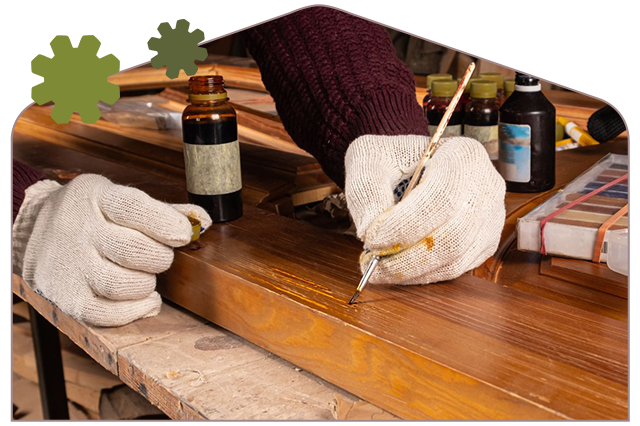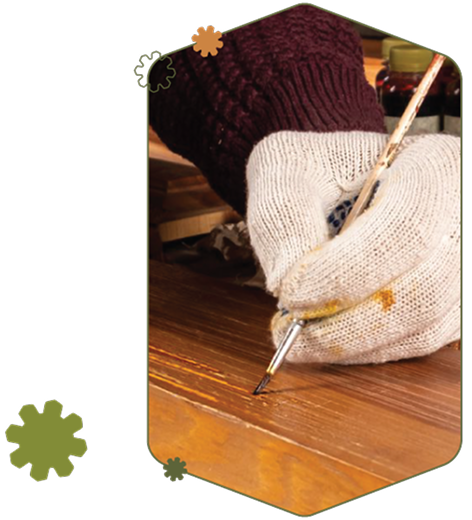As this year’s Sustainable Fashion Week comes around, conversations about what we wear and how we treat our clothes are more important than ever.
At first glance, the racks of fast fashion stores can seem irresistible: trendy designs, rock-bottom prices, new collections arriving every week. A chance to dress like your favourite celebrity or social media star. A hit of endorphins that makes you feel good for a few hours.
But behind those low prices lies a hidden cost – one that we rarely see when we pull out our wallets but that is affecting us all in ways that we simply cannot sustain.
The Illusion of “Cheap” Clothes
Take, for example, a $30 t-shirt. Research by the Clean Clothes Campaign shows that the person who made it and stitched it together, the garment worker, receives as little as 19 cents for their labour. That’s less than 1% of the retail price. Meanwhile, factories and workers face unsafe conditions, impossible deadlines, and wages far below a living standard. The majority of the remaining 99% of the retail price is going to marketing budgets, transporting costs, and building up the profits of the billionaire owners and shareholders. Just a brief look at some of the investigations carried out across the world by the Clean Clothes Campaign on their website, showcasing how many of the well-known high street brands treat their workers, is enough to leave you horrified.
When we say a piece of clothing is “cheap,” it’s not really cheap – it’s just that someone else is paying the price: workers, communities, and our planet.
Take that $30 t-shirt and add just one hour of UK minimum wage to the price, and suddenly the “affordable” shirt is nearer $50 – and we start to see a more realistic price for the cost of that t-shirt.
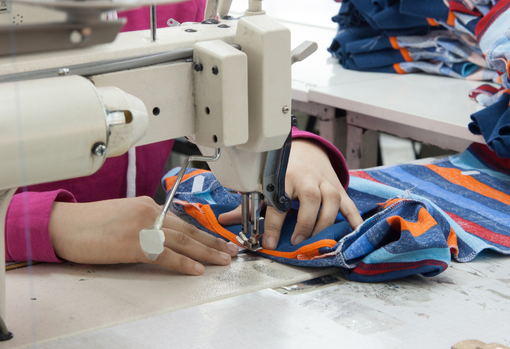
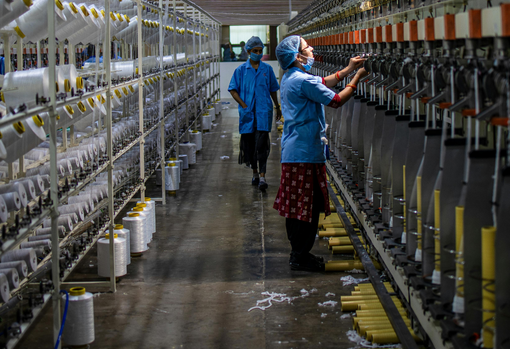
The Cost to the Environment
Fast fashion is also one of the most polluting industries in the world. Textile dyeing alone is responsible for around 20% of global water pollution, while mountains of discarded clothing end up in landfills each year. In places like Ghana’s Kantamanto Market, secondhand clothes from wealthier countries flood local markets, often in such poor quality they can’t be reused, creating waste crises far from where the items were purchased.
The low cost of clothing encourages us to buy more, use less, and throw away faster. But every new item requires cotton, polyester, water, energy, chemicals, transport, packaging – a chain of extraction and exploitation hidden behind a glossy price tag.
Why Repair Is a Radical Act
Here’s where repair comes in. Repairing clothes is often seen as “expensive” compared to buying something new. But this is a misunderstanding. The truth is that new fast fashion is artificially cheap, kept low by cutting corners on labour rights and environmental responsibility.
When you pay a local tailor or seamstress to mend your clothing, you’re paying the real price of skilled labour. That money stays in your community, supports dignified work, and extends the life of your clothes. It reduces the need for the extraction of new raw materials and transportation across the globe.
In other words, repair is not overpriced – fast fashion is underpriced.
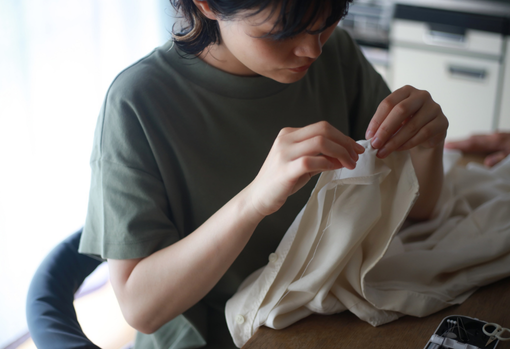
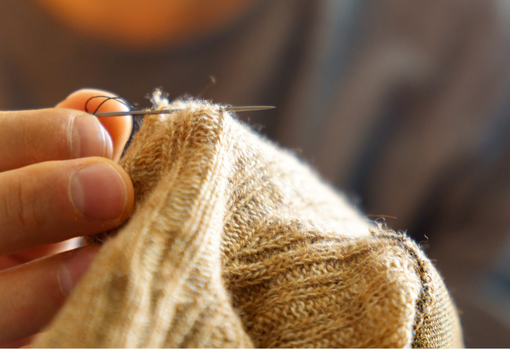
Choosing a Different Story During Sustainable Fashion Week
This Sustainable Fashion Week, we have an opportunity to reframe our relationship with clothes. Instead of asking, “Why is repair so expensive?”, we need to begin asking, “Why is fast fashion so cheap – and who pays the difference?”
Repairing, re-wearing, and caring for our clothes is one of the most accessible, powerful ways to step out of the cycle of exploitation and waste. Repairing our clothes has been shown to displace the need for buying new items by 82% (WRAP, Feb 2025). By keeping your clothes in use for longer, you need to buy fewer clothes and therefore do not spend as much in the long run. So over time, repair is a far less expensive choice and reaps rewards in numerous other ways.
Every time you choose to mend a seam, patch a hole, or upcycle an item you’ve bought second-hand, you’re saying no to disposable fashion culture and yes to sustainability, fairness, and dignity.
Because fashion should not only look good – it should also do good.
Article suggestions for you
 Get inspired for a greener Halloween! Discover how to create sustainable Halloween costumes and plastic-free decorations using what you already have. From clever costume swaps to DIY home décor ideas, make your spooky season fun, affordable, and eco-friendly - without costing the planet. 🎃🌍
Get inspired for a greener Halloween! Discover how to create sustainable Halloween costumes and plastic-free decorations using what you already have. From clever costume swaps to DIY home décor ideas, make your spooky season fun, affordable, and eco-friendly - without costing the planet. 🎃🌍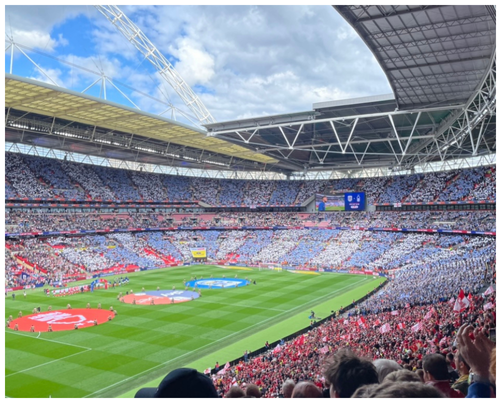 With the Premier League season kicking off on 15th August, think twice before buying a new shirt. Discover the astonishing environmental impact of football kits and why keeping your old shirt in use is the greener choice.
With the Premier League season kicking off on 15th August, think twice before buying a new shirt. Discover the astonishing environmental impact of football kits and why keeping your old shirt in use is the greener choice.

